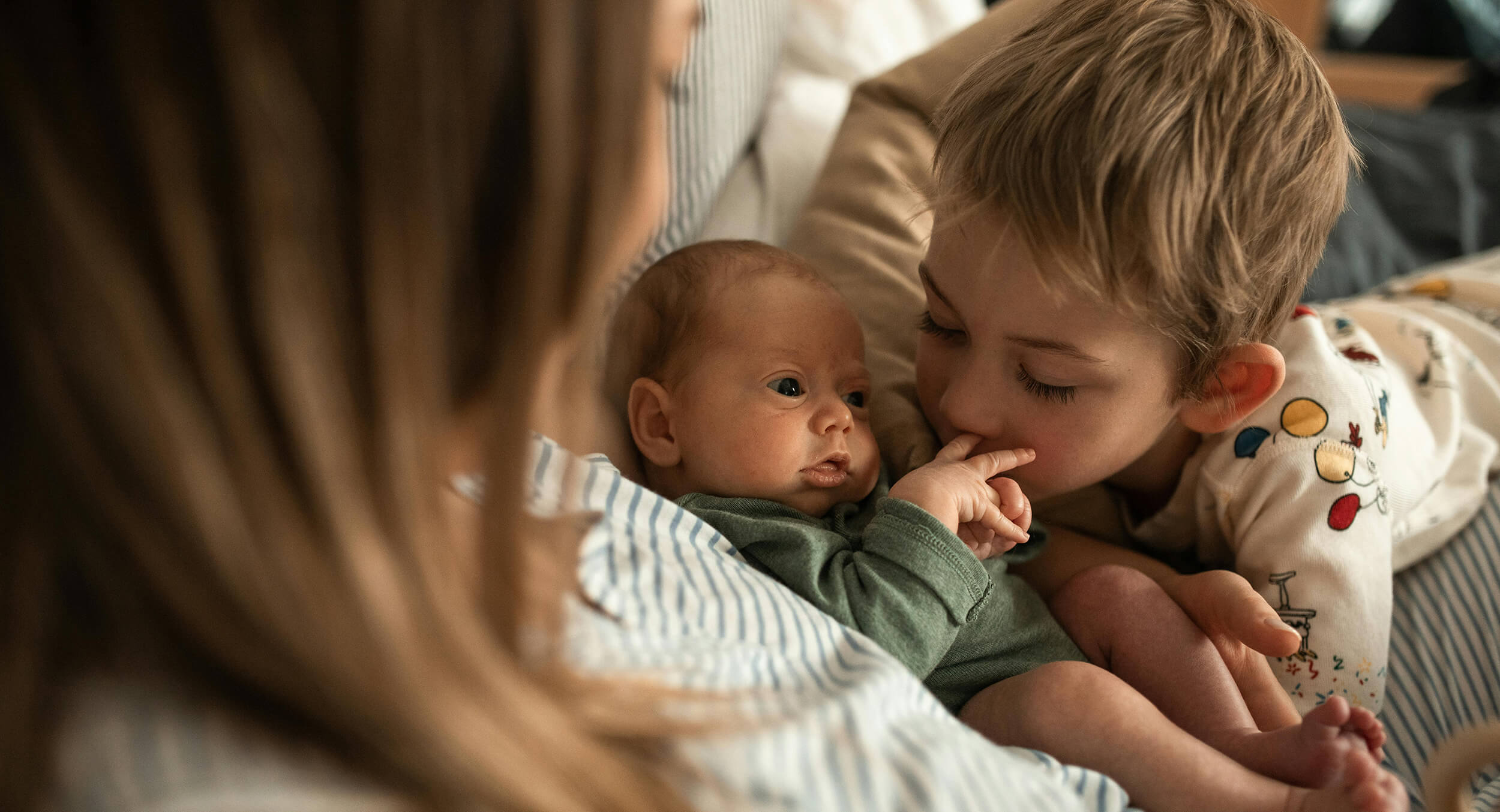
Please share this story
Our Babies Are Born with Forever Chemicals in Them
In the quiet moments when a mother cradles her newborn, offering nourishment and love, the last thing on her mind should be the invisible threats lurking in everyday items. Yet, per- and polyfluoroalkyl substances (PFAS), often termed “forever chemicals,” have found their way into the most intimate aspects of our lives. These synthetic compounds, prized for their resistance to water, oil, and heat, are present in a myriad of products, from nonstick cookware to waterproof clothing. Their persistence in the environment and the human body has raised alarms among scientists and health professionals.
Recent studies have detected PFAS in umbilical cord blood and breast milk, indicating that exposure begins even before birth. A systematic review highlighted that PFAS can transfer from mother to child during pregnancy and lactation, potentially impacting infant health. The presence of these chemicals in such critical stages of development underscores the urgency of addressing their prevalence.
Everyday items contribute to this exposure. Yoga pants and workout leggings, for instance, have been found to contain PFAS, with one study revealing that 25% of tested activewear brands had detectable levels of these chemicals. Fast-food packaging is another culprit; investigations have shown that PFAS can leach into food, leading to ingestion of these harmful substances. Even our drinking water is not exempt, with PFAS contamination reported in various water supplies across the country.
The health implications are profound. PFAS exposure has been linked to a range of health issues, including developmental effects in infants and children, decreased fertility, and increased risk of certain cancers. The fact that these chemicals are so pervasive and persistent makes them particularly concerning.
However, there is hope. Awareness is the first step toward change. By choosing products free from PFAS, advocating for stricter regulations, and supporting initiatives aimed at reducing environmental contamination, we can protect our children from these hidden hazards. It’s a collective effort, one that requires vigilance and commitment, but the health and well-being of our future generations depend on it.
